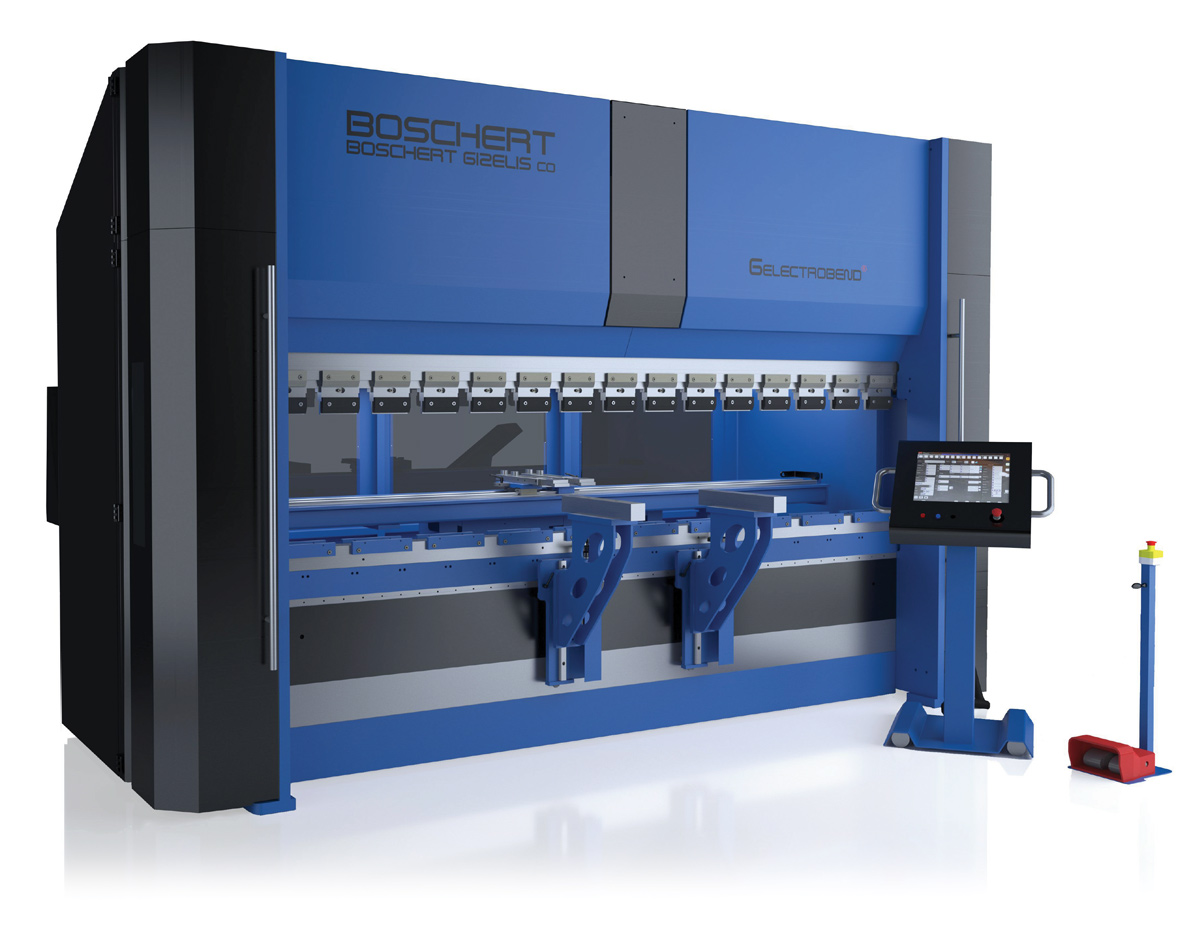
eclining costs and versatile new technologies in hardware and software are making it easier for more job shops and manufacturers to embrace IoT and IIoT—even those with legacy equipment. Boschert USA took a different approach when it introduced a new line of servo-electric press brakes in late 2019.
“When you look at a press brake, what are the issues?” says Boschert USA President Greg Hoesly. The Butler, Wisconsin-based company is the exclusive North American importer for Boschert-Gizelis as well as Boschert GmbH of Germany and other European builders with products that include profile benders, horizontal ram benders and sheet metal fabrication tools.
consumption
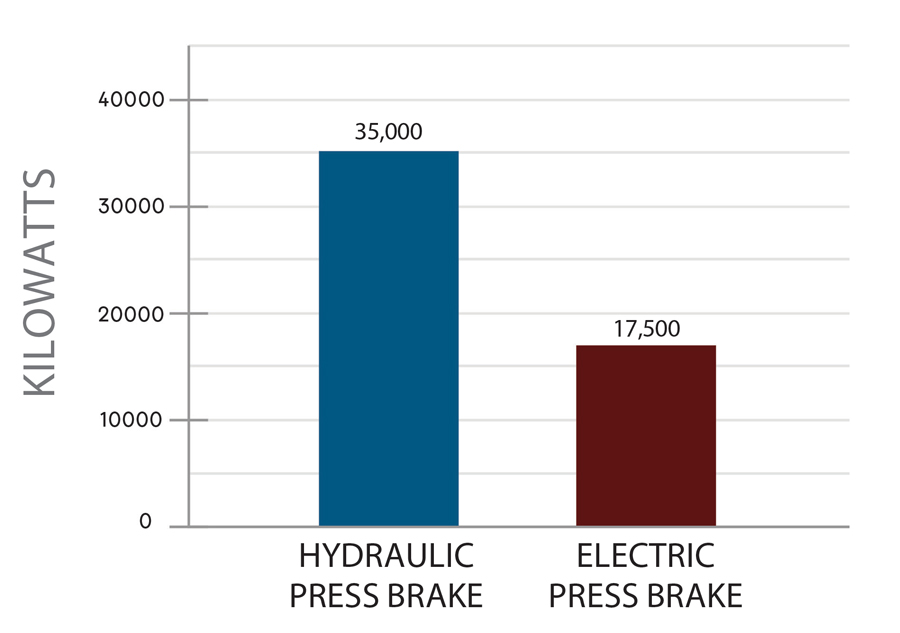
The all-electric press brake is the latest “coordinate” on a trajectory that began with the manually operated cornice brake patented in 1882 and has evolved into mechanical, hydromechanical and hydraulic models.
“A major feature about electric press brakes is that they are much more environmentally friendly than hydraulic machines,” Hoesly says.
A conventional press brake uses motors that rotate continuously and circulate oil via a pump to produce the hydraulic power needed to perform bending.
 ElectroBend is the technology job shops have [sought] at a cost point that is more comfortable.
ElectroBend is the technology job shops have [sought] at a cost point that is more comfortable. 
Boschert sold an ElectroBend 5-axis 110-ton, 10-ft. press brake at Fabtech to a Chicago-based manufacturer. “They had a lot of legacy equipment,” says Hoesly. “It was a huge change for them. They told us ‘We’re not used to making a good part the first time.’ They saw an immediate hike in their productivity.”


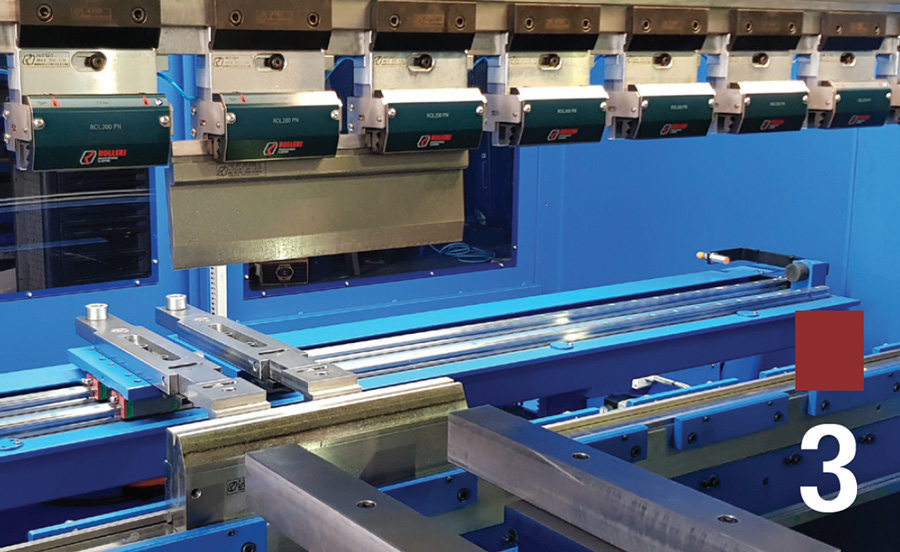
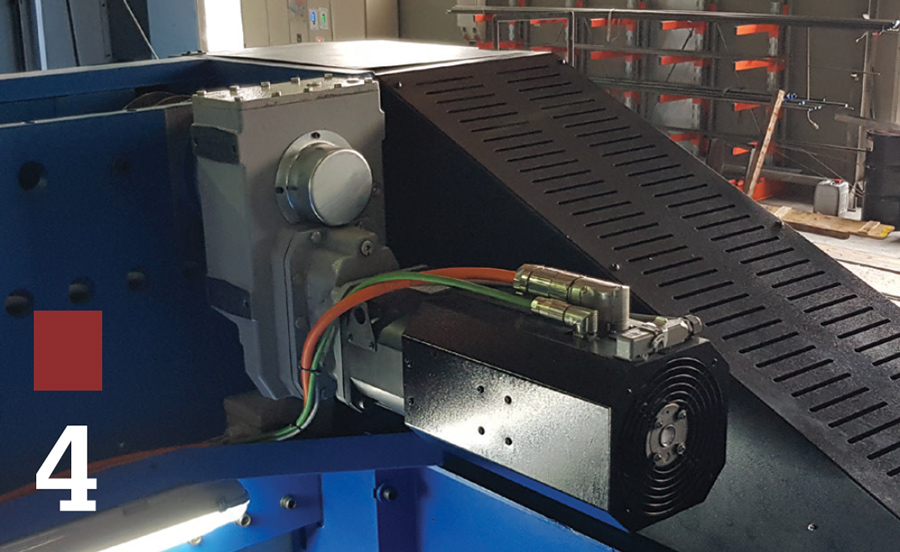
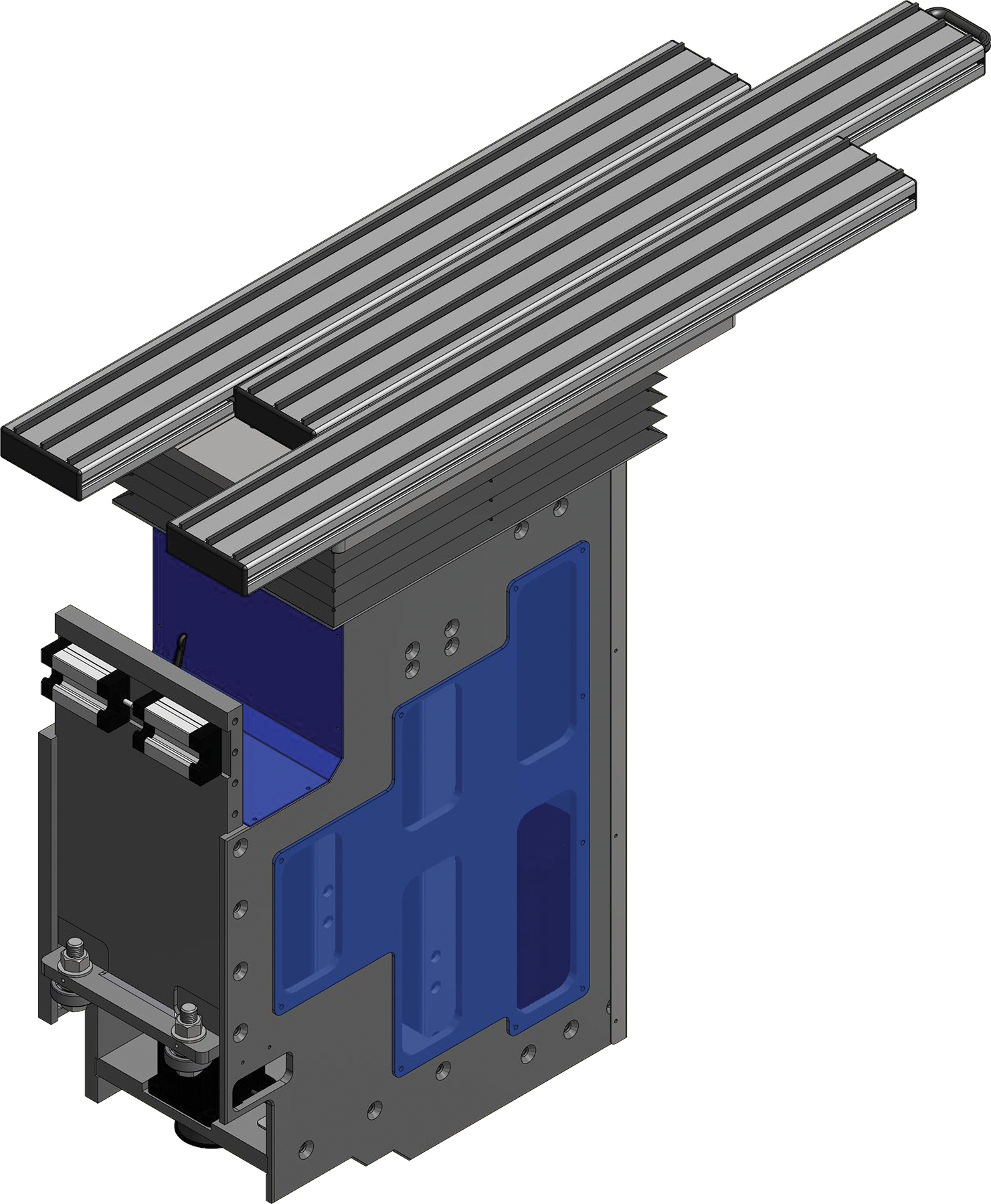
In keeping with a digitized landscape, an app allows fabricators to monitor the ElectroBend remotely. Information is collected in an SQML database, which can be accessed by a company’s ERP system for real-time intel.
And Boschert isn’t resting on its laurels with its new ElectroBend line. “We can’t generate enough tonnage yet to totally get rid of hydraulic machines, but we’re working on it,” says Hoesly.